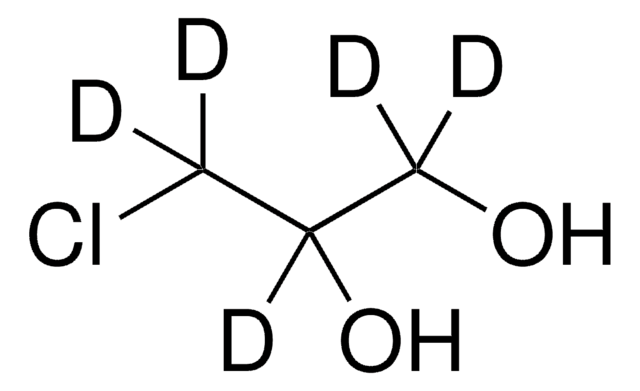H9903
1-(Heptafluorobutyryl)imidazole
BioReagent, suitable for derivatization
Synonym(s):
1-(Perfluorobutyryl)imidazole
About This Item
Recommended Products
product line
BioReagent
bp
158-163 °C (lit.)
suitability
suitable for derivatization
storage temp.
−20°C
SMILES string
FC(F)(F)C(F)(F)C(F)(F)C(=O)n1ccnc1
InChI
1S/C7H3F7N2O/c8-5(9,6(10,11)7(12,13)14)4(17)16-2-1-15-3-16/h1-3H
InChI key
MSYHGYDAVLDKCE-UHFFFAOYSA-N
Looking for similar products? Visit Product Comparison Guide
General description
Application
Biochem/physiol Actions
Storage Class Code
10 - Combustible liquids
WGK
WGK 3
Flash Point(F)
170.6 °F - closed cup
Flash Point(C)
77 °C - closed cup
Personal Protective Equipment
Certificates of Analysis (COA)
Search for Certificates of Analysis (COA) by entering the products Lot/Batch Number. Lot and Batch Numbers can be found on a product’s label following the words ‘Lot’ or ‘Batch’.
Already Own This Product?
Find documentation for the products that you have recently purchased in the Document Library.
Customers Also Viewed
Our team of scientists has experience in all areas of research including Life Science, Material Science, Chemical Synthesis, Chromatography, Analytical and many others.
Contact Technical Service










